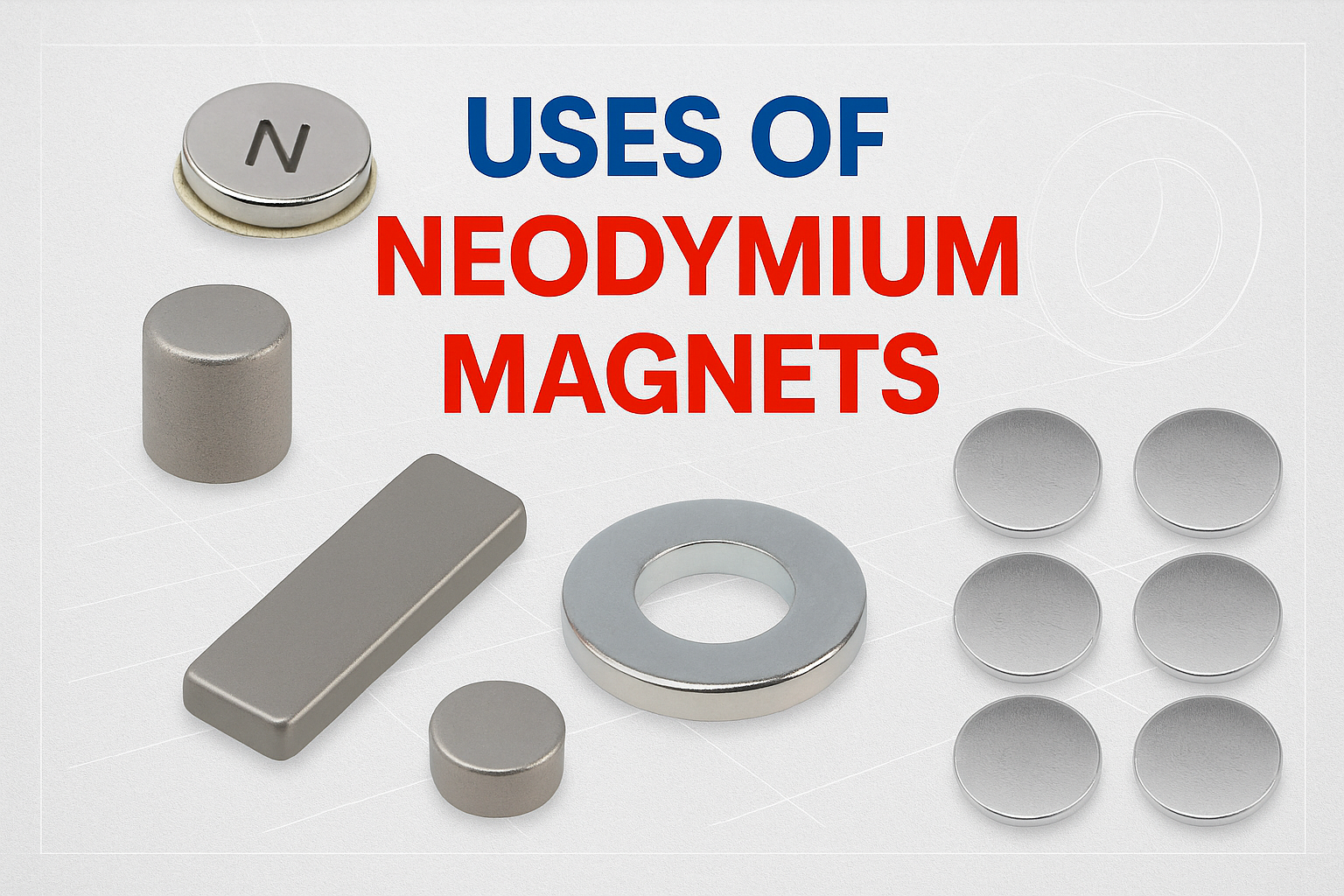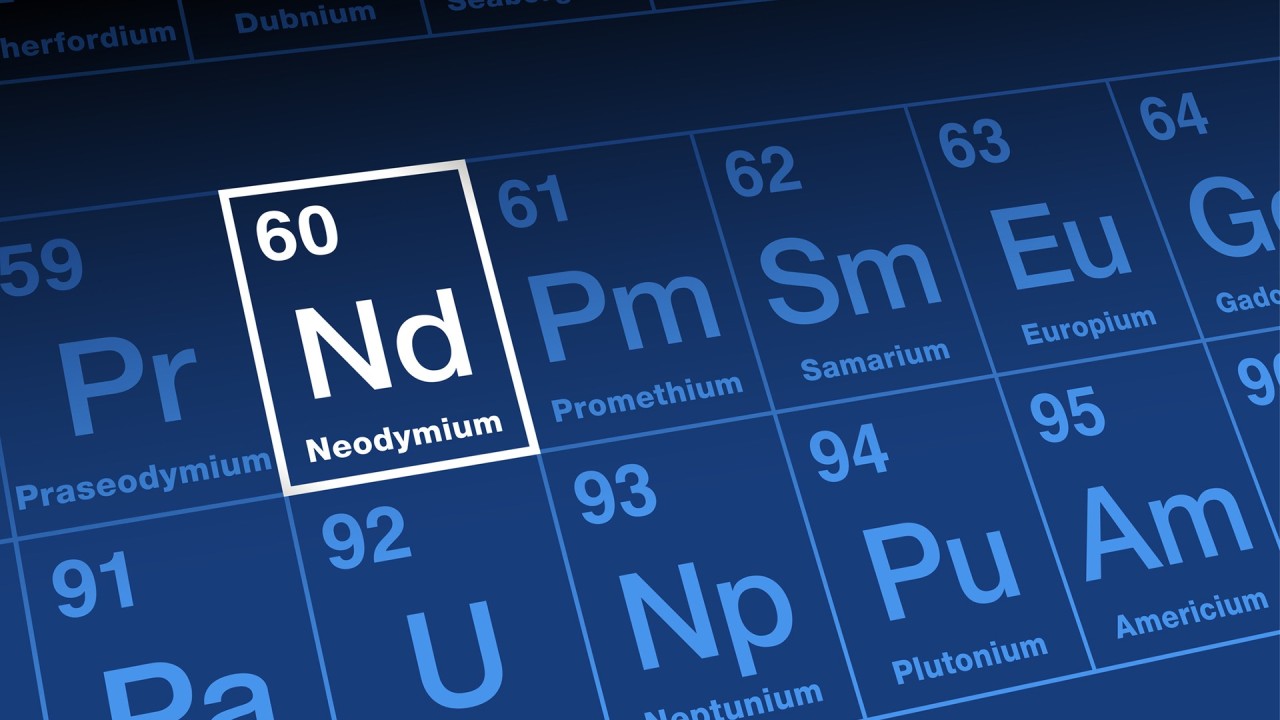FEATURED POST
Understanding Magnet Grades

Understanding Magnet Grades
By Shalea Hardison
Grading of magnets can be a perplexing myriad of abbreviations and numbers on a curve. Understanding the magnet grades is an important factor in choosing the correct magnet for the application
Permanent magnets are graded by the maximum energy the magnet produces. Typically, the higher the magnet grade, the greater the corresponding strength of the magnet.
Magnetic strength is most commonly measured in two ways: grade and pull strength. Raw magnetic materials are measured by grade, and magnetic assemblies by pull strength. For the purposes here, the focus will remain on grades.

Determining Magnet Grades
To determine the strength of a permanent magnet, we measure Gauss, which is the amount of attractive force the magnet possesses. Additionally, we measure Oersteds, which is the permanence of that force. Because both traits are desirable in magnets, multiplying Gauss and Oersteds determines the Max Energy Product referred to as MGOe (Mega Gauss Oersteds) – which is the number used to grade the magnet.
Because temperature can significantly affect the long-term performance of a neodymium magnet, there also may be a letter after the grade of neodymium magnets. This is a standard rating for progressively higher temperatures for neodymium 35 (M, H, SH, UH, EH, or AH). For standard neodymium, no letter simply indicates a maximum operating temperature, which is 80⁰ C.
The Magnets
The strongest grade of magnetic material currently available is neodymium, however each type of magnetic material has its advantages.
Common Magnetic Material by Grade Range:

Application Considerations
Choosing a magnet may not be as simple as selecting the highest grade available. The application is critical in the specification process. In most cases, the same strength can be achieved by utilizing a slightly larger magnet, with a lower grade and at a cost savings. Heat, moisture, torque, and chemical exposure can all affect the strength and size of the magnet required for a project.
We always recommend consulting with our magnetic specialists to help select the best magnet for the application.











